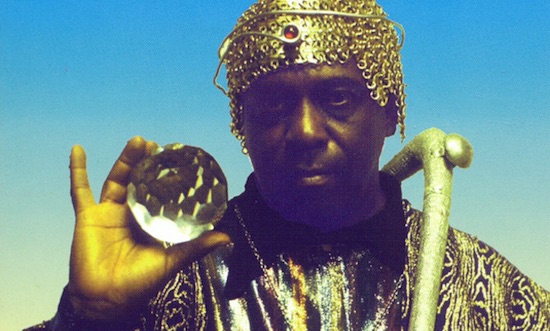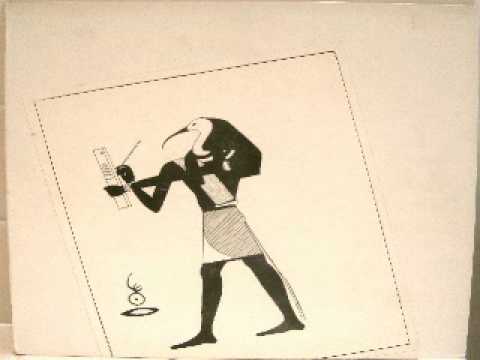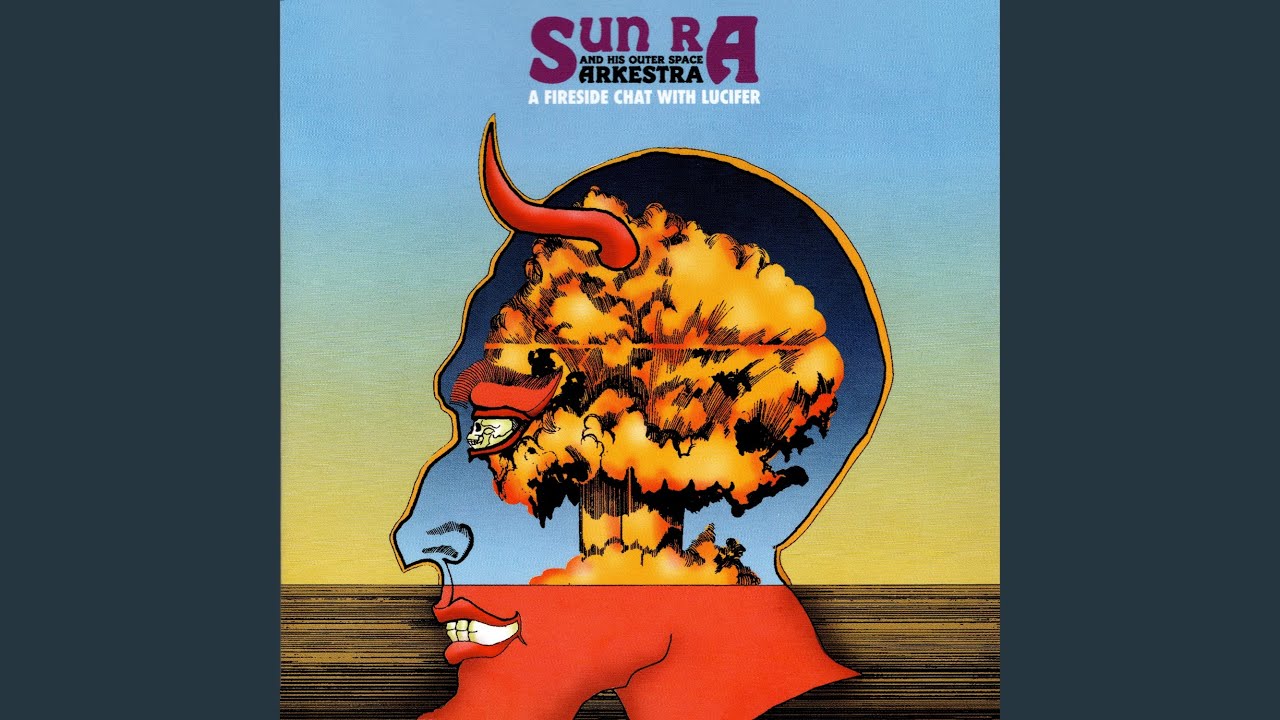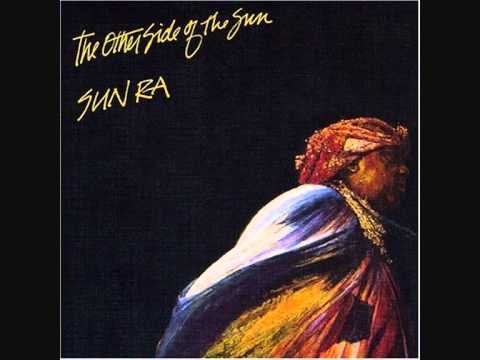Writers will do anything to avoid the task in hand and I was no different. Deep into writing my first novel and with no history of success in physical activity, I signed up for a 54-mile London to Brighton road cycle and joined the gym on January 1st 2017, just like countless other sherry-soaked regretniks.
The gym was, naturally, the hardest part of this. Boring, competitive, odorous. To get through a two-hour, 30-mile static pedal looking out onto the wall of Peckham multi-storey car park required something more than mere determination, or even a challenging podcast regimen. It required a mental alteration apace with the physical one my body was attempting.
I looked into the science of exercise and the effects, positive or otherwise, of listening to music and it revealed a smart parallel, to which I’ll come shortly. To begin with, it’s worth knowing this: there are two types of muscle fibre – fast-twitch, and slow-twitch. Fast-twitch muscle fibres are for jumping about, reactions, catching things, dodging gunfire and so on, while slow-twitch muscle fibres are more languorous, need to be warmed and cajoled before they’re able to deliver properly. But once those slow-twitch fibres are humming, the body reaches a state of what feels like self-perpetuation, what feels like a constant slight downhill. If you’ve been in this state, then you’ll know it’s a rare joy, a decadent superhuman delight only accessible and appreciable once you’ve earned it. It’s a little bit like that Armando Iannucci sketch where he discovers that driving a car at 163mph is a catastrophic act, but at 164mph everything becomes curiously divine.
When you begin a slow-twitch exercise like running or cycling, your body naturally enters a state of indecision. It’s establishing whether you’re trying to escape from something and will therefore require a lot of stamina-boosting blood and oxygen in your legs, or if you’re going to have to fight something, in which case it’ll send blood to the muscles that control your limbs for explosive action should you need to fell an assailant. As a consequence, warming up is essential. It’s time your body spends working out where might be the best place to send all that blood and oxygen. You can’t just start a sprint and expect the best results. For anyone mildly interested in efficient exercise, this is all entry-level stuff. So why, then, do we not make the same allowances for listening to music while we exercise?
The aforementioned parallel, and I think it’s a perfect one, struck me when I thought of the music of Sun Ra. Poring over the research conducted by countless academics aiming to prove the connectivity of music and exercise, it’s clear to see that no generic consideration has been given in the scientific community (incidentally, this from Karageorghis and Priest, seems a good overview of what’s available). What music do they play to their test subjects in these experiments? Fast-twitch music. High-intensity dance. ‘Eye Of The Tiger’, for God’s sake. This is no good. Why not treat your listening in the same way you treat your body? You have to warm your ears up so your brain can decide how best to weather the endurance. Sun Ra is the answer.
Many Sun Ra compositions are the musical equivalent of slow-twitch muscle fibres. To listen requires attention and focus at the beginning, but if you’ve done the groundwork and you’ve coaxed your mind into a warm hum, this music is truly synonymous with the fleeting, fractious euphoria of intense endurance exercise. Marrying these two seemingly incompatible disciplines, exploratory jazz and extended physical exercise, bolstered me through many a tortuous gym session.
Science might not exactly advocate for the prescription of Sun Ra for anyone looking to exercise more effectively, but I swear the evidence is on my side for this. Many studies have been undertaken, complete with impressive and persuasive results, including this elderly-focused example which concludes that "Physical exercise combined with music produced more positive effects on cognitive function in elderly people than exercise alone. We attributed this improvement to the multifaceted nature of combining physical exercise with music, which can act simultaneously as both cognitive and physical training."
There are, I’ve discovered, naysayers in the scientific community who argue that jazz, least of all any kind of experimental jazz, is not the genre for you in this situation. The curious rhythms and irregularities in meter are, apparently, not conducive to effective bipedal exercise . This is, I think, completely missing the point. If you want to warm up those slow-twitch fibres and maintain them through a storm of activity, then you need something beyond an even keel. What you really need is a gentle atmosphere change.
An example. Although I’m usually a ‘start at the beginning and see the evolution’ kind of listener, I tore into the formidable and unwieldy Sun Ra back-catalogue in an unfocused manner, my only criteria being that each piece must be as long as possible, preferably a multiple of five or ten minutes so that I could easily construct an hour-long workout. A good one to start with, if you’re interested, is ‘Blithe Spirit Dance’ from Sun Ra’s 1979 album God Is More Than Love Can Ever Be.
It’s a thoroughly manageable ten minutes in length, doesn’t deviate too wildly from one tempo, and it contains one moment of utterly unadulterated magic. On the album version, after the pulse is set and a quite Guaraldi-esque atmosphere established there’s about nine minutes of shimmering build-up, leading not to an explosion but a delicate spooling out, a beautiful collapse. It feels like a Fibonacci swirl in its proportions, activity balanced by its own demise. Crucially, the intensity of it is so intoxicating that exercising while listening becomes a flickering, brutal ecstasy.
Another example. ‘A Fireside Chat With Lucifer’, taken from the 1982 album of the same name, doesn’t have a pulse to speak of, something which would traditionally frame your activity in logic. Instead, it’s a 20-minute wheeze of horns, flopping snares and aimless piano that, perhaps two or three times in the whole piece, somehow focuses itself miraculously. It’s not a loud piece, nor an intense one (at least until the final few minutes), but when those moments of coalescence do arrive you’ll accelerate to the pace of a held altissimo saxophone and drive your sole into the pedal with the weight of an exploratory synth solo.
More popular cuts like the ensemble’s modus operandi ‘Space Is The Place’ and the still-fizzing ‘Nuclear War’ work fine in this capacity but, strangely, anticipating their beats and rhythms lessened their impact. Something about the spontaneity of deeper cuts meant that the feelings were always fresh, the frenzy a little more intense. However, when it came to actually completing the cycle I’d signed up for six months ago, it was ‘Space Is The Place’ that lodged in my head, its louche rhythm willing me to grind my way up Ditchling Beacon. Sans headphones and flanked by similarly beleaguered amateurs, I was unable to reach the feverish state attainable in the gym. But it wasn’t the failure of Sun Ra, it was the failure of circumstance. Were it not for the knowledge that I physically could reach that state, well, who knows: I might’ve made it, I might not. Next time you need to cover an extra five miles in the gym, you know what to do.
In an effort to make it a fair test, I tried some other artists too. Acid Mother’s Temple’s ‘OM Riff’ from IAO Chant from the Cosmic Inferno went straight into the heart of intensity rather than gently leading towards it, allowing insufficient warm-up, while their equally lengthy ‘Pink Lady Lemonade’ proved too lilting to keep the slow-twitch fibres alive, and my pace dropped (though I did feel agreeably blissful afterwards). Several tracks from Swans’ The Seer superficially suggest they’d be able to extend the bliss of hard exercise, but it’s not as clear as you’d think. ‘Avatar’, for example, has all the hallmarks of a slow-twitch classic, but for some reason the crossrhythms didn’t line up for me and the coda was, if anything, too intense. I think what I’m trying to suggest is that you should nurture your mood during exercise, not challenge it.
After seeing the Arkestra try their hardest to destroy all notions of melodic logic at the Green Man Festival in 2015 (my second encounter with the multi-brained ensemble under the leadership of the great Marshall Allen), I’d decided that this music needed to be in my novel in some way. My narrator, a retired Vegas magician and former owner of a murderous white tiger, was a fan of the Arkestra’s ability to supersede music’s conventional grammar. I decided that he, as a contrary and belligerent old bastard, should use these non-linear sounds for that most linear of activities: exercise. But it was taking advice from my own character and putting Sun Ra on down the gym, however, that proved to be the masterstroke.
Aside from the obvious legacy Sun Ra left behind, namely the incomparably large back-catalogue and the regimented sifting required to navigate it, he’s left me with a deep connection to his work across my creative and physical lives. I have learned to love this music in ways I assumed were impossible or at least irrelevant. When I hear ‘Space is the Place’, or ‘The Shadow World’, or ‘El is a Sound of Joy’, I sometimes see myself scaling Ditchling Beacon or pounding through my 30th mile while staring at the brick wall outside the gym window. But now I’ve cancelled my membership, more often than not I see the sad old narrator in my book pounding away on the cross trainer, keeping himself alive with those wilfully offbeat phrases, delighting at the splitting trumpet solo that arrived uninvited. I find he’s able to reach that blissful state quite easily.
Daniel Ross’ novel, Bobby Denise is Reigning Rampant, is available for pre-order from Unbound. Sun Ra Arkestra under the direction of Marshall Allen play Café Oto later this year – for more information go here





